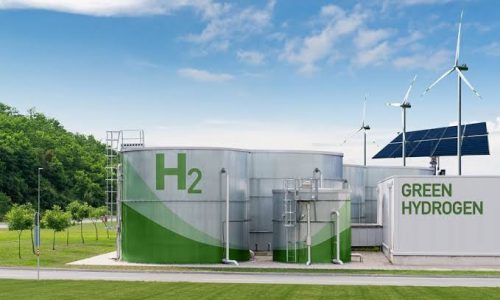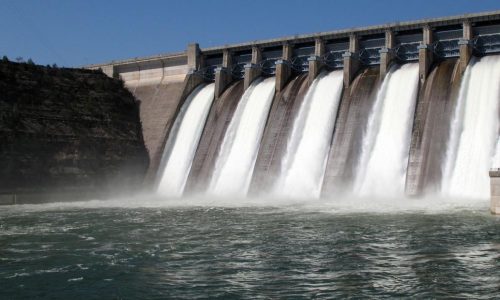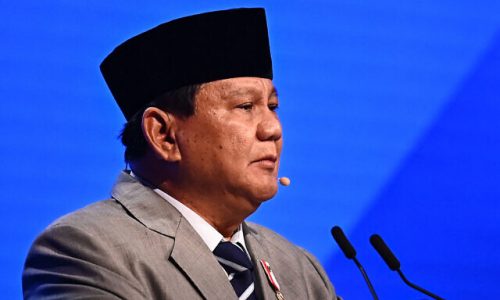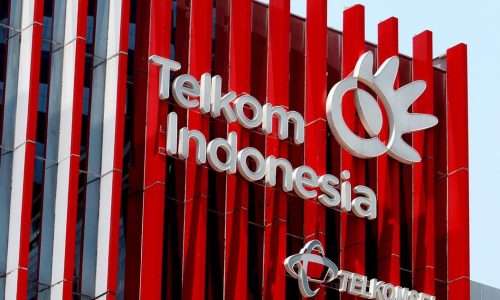West Java has offered several investment opportunities in various sectors, most importantly in renewable energy, industrial estate development and infrastructure, to foreign investors.
Mahpudi, Deputy Chairman of the Indonesian Chamber of Commerce and Industry (Kadin)’s West Java chapter, said a number of business delegates are scheduled to visit West Java capital of Bandung after attending the G20 Summit in Bali in November.
“They will visit and look at the [province’s] potential to invest,” he told Indonesia Business Post on July 7, 2022. “We have been enlisting which potential projects that could entice the investors.”
Geothermal
The province will offer several projects – including geothermal, wind energy, and waste energy – to meet the current trend of clean and renewable energy.
“We have the greatest geothermal potential in Indonesia. They have been explored but have not yet been exploited,” he said.
Most power plants in West Java are coal-fired and use coal from Kalimantan. The West Java provincial administration has intended to reduce coal consumption and switch to geothermal energy in the future.
According to the 2017 data from the Ministry of Energy and Mineral Resources, West Java has 14 potential geothermal blocks that have not been exploited. These include Bujal Jasinga in Ciarinem, Cibalong, Cibingbin, Ciheuras, Cilayu, Cipacing, Ciseeng, Mount Cakrabuana, Mount Kromong, Jampang, Saguling, Subang, and Tanggeung-Cibungur.
Meanwhile, a total of 11 geothermal blocks have been exploited. These include Cibeurem Parabakti, Cibuni, Cisolok Cisukarame, Ciremai, Mount Galunggung, Mount Gede Pangrango, Mount Tampomas, Mount Tangkuban Perahu, Kamojang Darajat, Karaha-Cakrabuana, and Pengalengan.
Mahpudi said Kadin’s West Java chapter invited investors in geothermal projects in the province to integrate the geothermal power plant with several industrial estates.
Infrastructure
Apart from renewable energy, West Java also develops Rebana, a 500-hectare environmentally-friendly industrial estate covering six regencies of Cirebon, Subang, Purwakarta, Kuningan, Majalengka, and Sumedang. The province also develops Arumanis industrial estate covering six regencies of Sukabumi, Cianjur, Garut, Tasikmalaya, Banjar, Ciamis and Pangandaran. Both estates have a total investment potential of IDR392 trillion.
President Joko Widodo declared Rebana industrial estates a national strategic project (PSN) under Presidential Decree No. 87/2021.
“Currently, several industries, including automotive, battery, and other green industries, have established their factories and manufacturing facilities in the estates,” Mahpudi said.
The government has developed Kertajati Airport and Patimban Seaport to facilitate the industry development in the areas. It also plans to establish supporting areas for Kertajati airport and Kertajati Aerocity. Private sectors are welcome to build hotels, hospitals, warehouses, exhibition centers, and convention centers in Kertajati Aerocity.
“We provide 600 hectares of land as a supporting facility for Kertajati Airport,” Mahpudi said.
The airport will serve as the province’s official airport for hajj and umrah pilgrimage starting next year. In 2022, West Java saw a total of 17,679 hajj pilgrims from Indonesia’s total number of 92,668. Therefore, it is necessary to provide hajj hostels and hospitals to cater the needs of the pilgrims.
Advantages
Mahpudi believed that West Java could offer several advantages to foreign investors.
First, the government’s commitment in developing Rebana and Arumanis industrial estates through a presidential decree supporting the policy and budget.
Second, the province has adequate infrastructure to support the projects, including the Patimban port, which will replace Tanjung Priok as Indonesia’s largest seaport. Patimban is expected to help improve the national logistics index.
Third, the province has a sufficient number of human resources. Home to about 50 million population, West Java provides a large market for industries. Kadin’s West Java chapter is currently working to improve the quality of human resources in the province by promoting vocational education.









